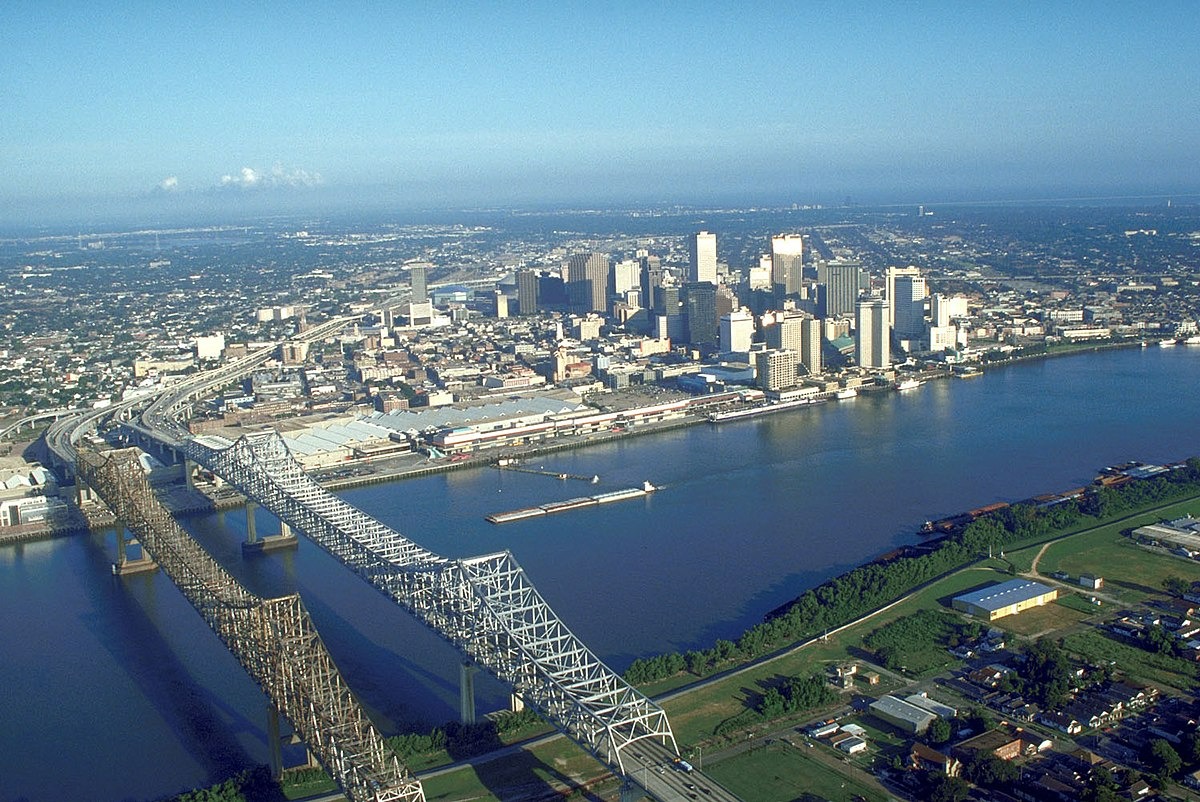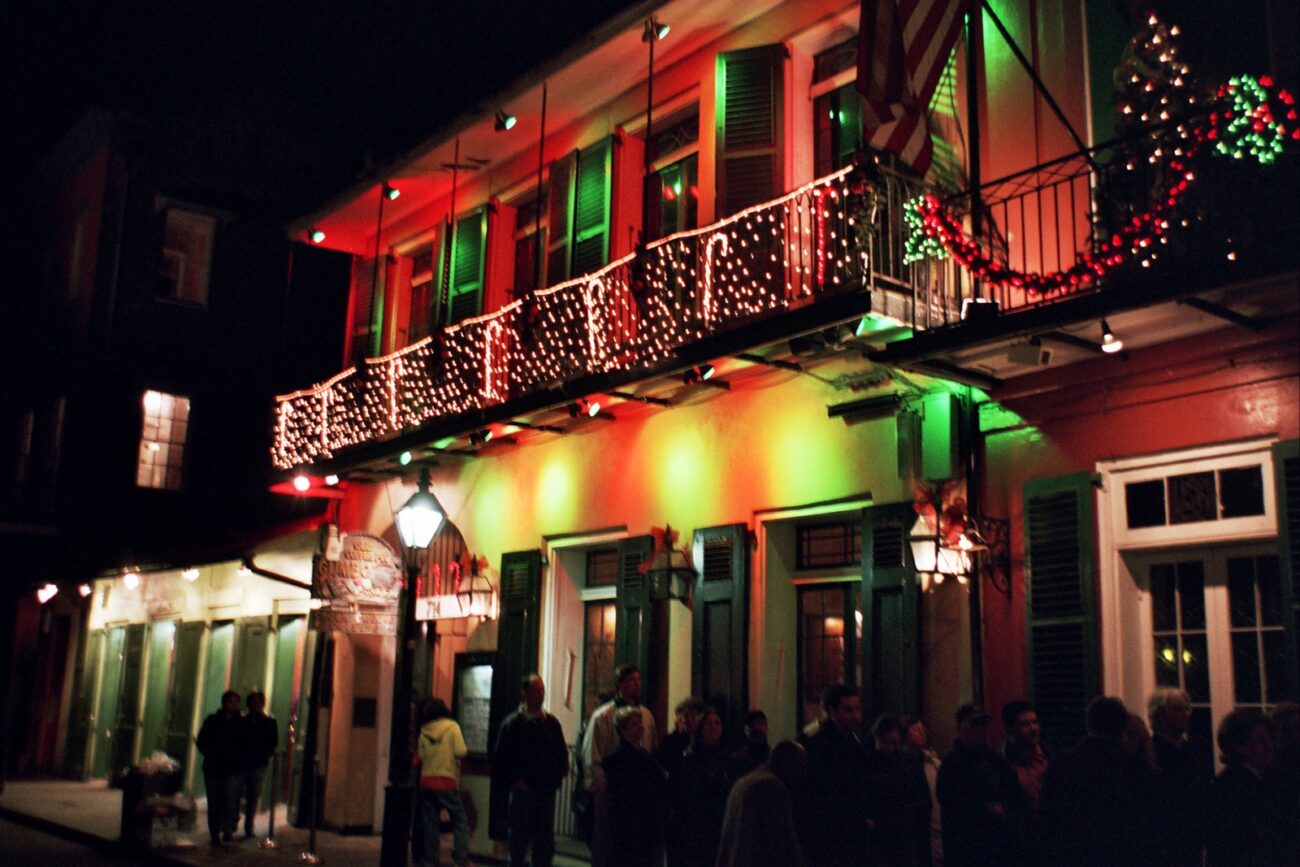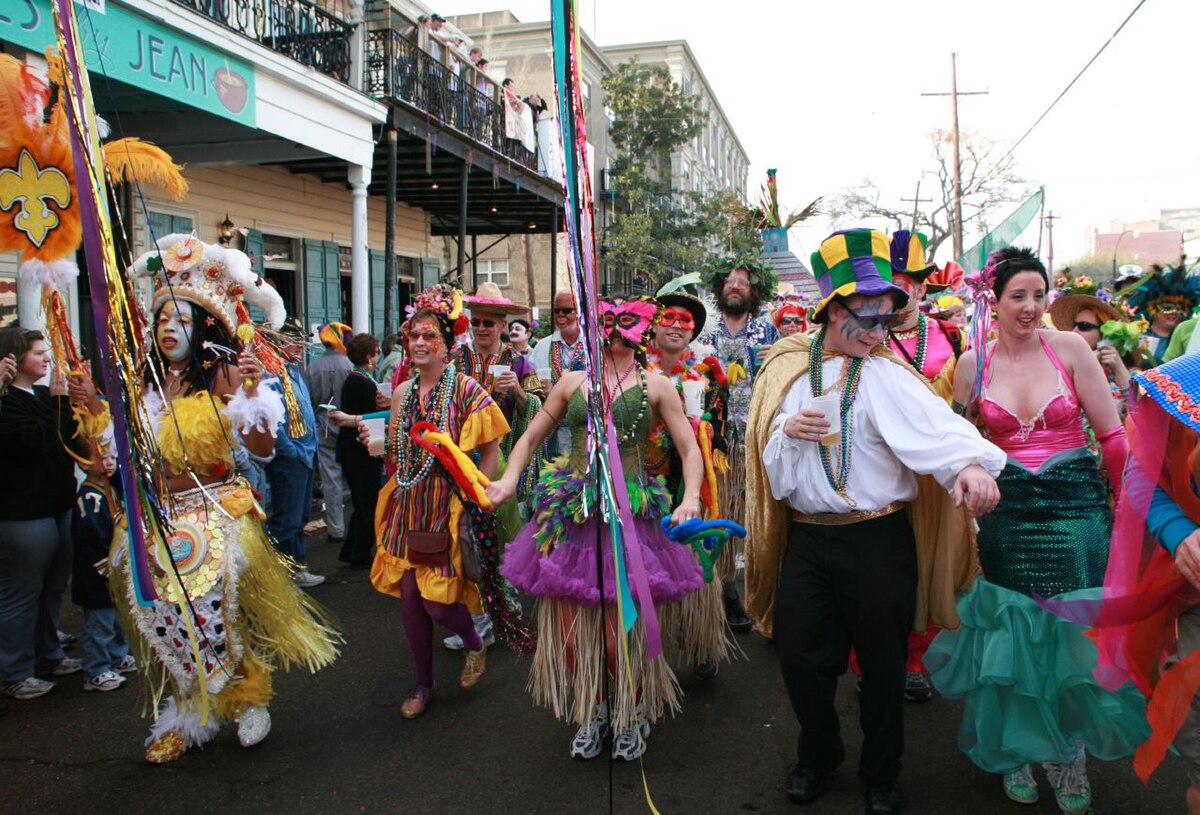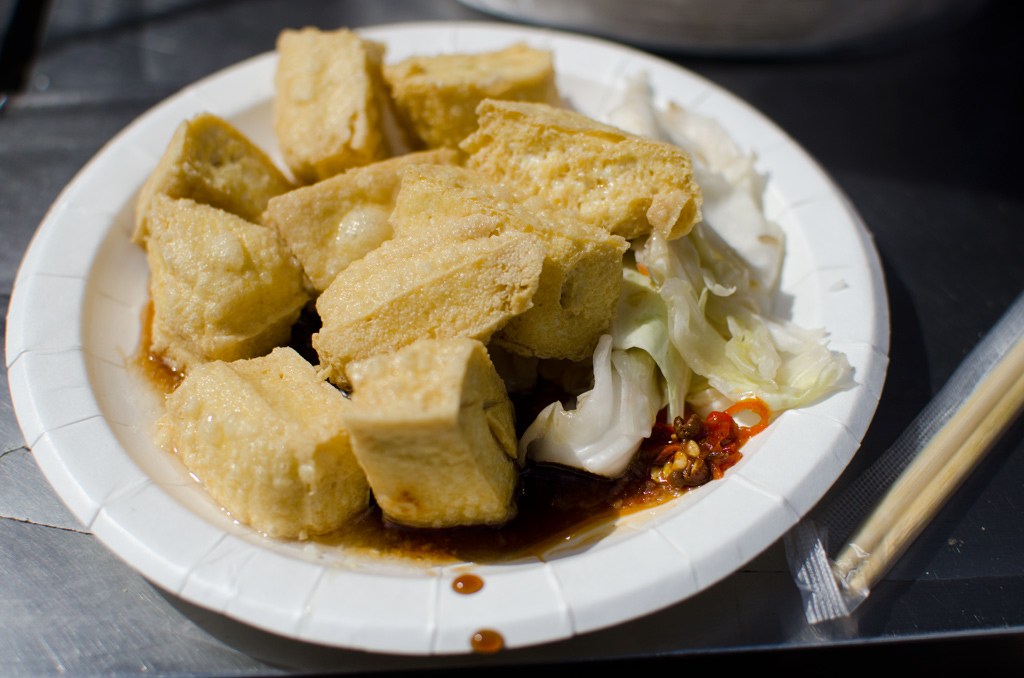Most cities punish you for leaving the car behind. New Orleans rewards it. The French Quarter’s narrow streets weren’t designed for SUVs, parking costs more than your hotel breakfast, and the real action happens within walking distance anyway. Smart travelers organize their trip by neighborhood, not by attraction list.
Getting There Without the Tourist Traps
The Louis Armstrong New Orleans International Airport sits 12 miles from downtown, but don’t let taxi drivers convince you that rideshares cost a fortune. Uber and Lyft run $35–45 to central hotels—reasonable for most travelers.
Budget-conscious visitors can catch the RTA 202 Airport Express for just $1.50, though service runs only nine times daily. Skip the private shuttle companies unless you’re traveling with a large group; they’re rarely worth the premium over rideshares.
Pack Smart for the Climate Reality
New Orleans weather operates on its own logic: blazing sidewalks meet arctic restaurant interiors. Summer means 80s–90s with sudden downpours, while winter drops to the 50s. Your packing strategy should prioritize:
- Broken-in walking shoes (you’ll cover miles of uneven sidewalks)
- Light layers for temperature swings between indoor and outdoor spaces
- Cash for iconic spots like Café du Monde and local markets
- Compact umbrella for afternoon showers
- Refillable water bottle (hydration isn’t optional here)
Navigate Like a Local, Not a GPS
Forget efficient touring—New Orleans demands wandering. The French Quarter handles history and architecture, but Frenchmen Street delivers the music scene locals actually frequent. The Garden District showcases mansion-lined streets accessible via the St. Charles streetcar, while Magazine Street offers six miles of shops and restaurants worth a full afternoon.
Organizing your days by neighborhood rather than individual attractions maximizes both your time and authentic experiences. The Bywater rewards food adventurers, City Park combines museums with outdoor space, and the Warehouse District provides quieter accommodations with easy French Quarter access.
October offers the sweet spot for weather—dry, comfortable, and less crowded than festival season. But any season works if you dress appropriately and embrace the city’s unhurried pace. New Orleans doesn’t rush, and neither should you.


















